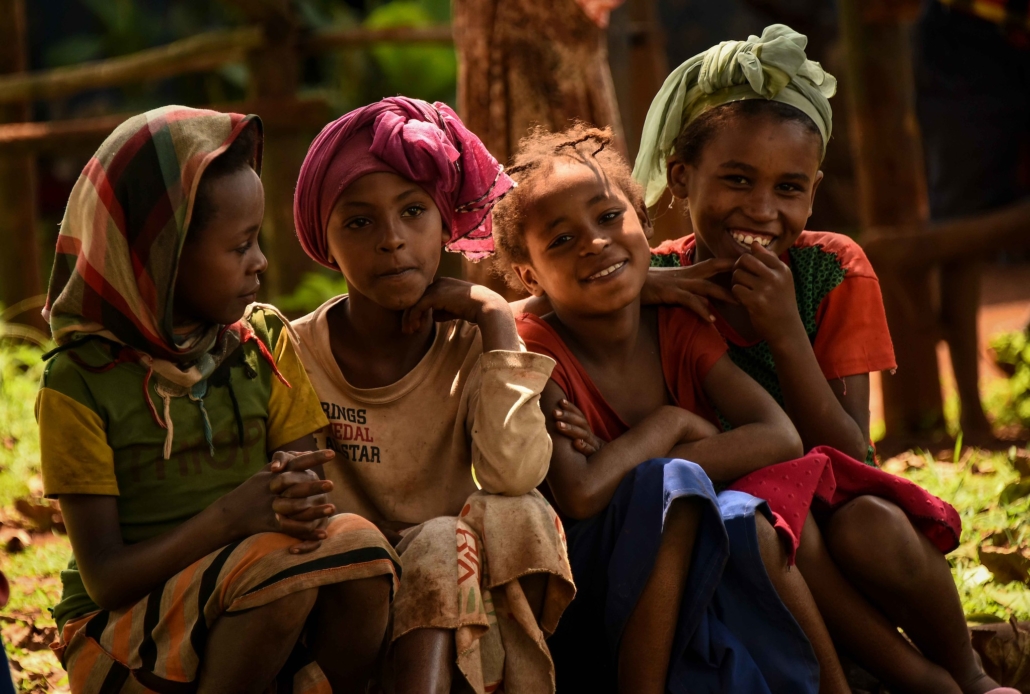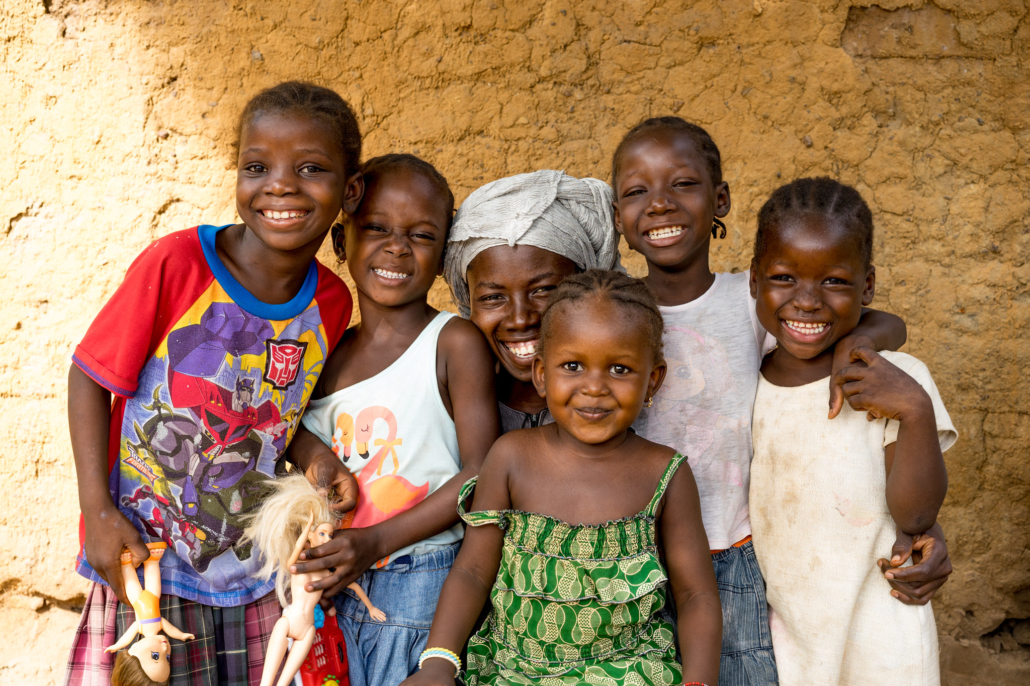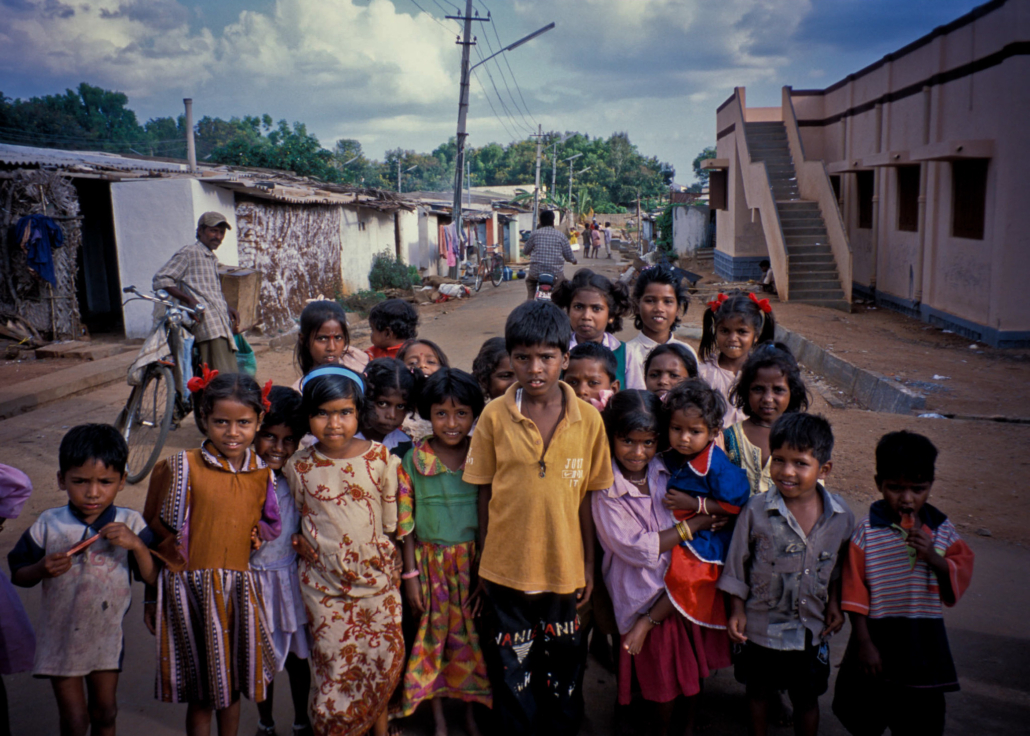
Bangladesh is a South Asian country with a history of economic troubles and high poverty rates. The World Bank ranked Bangladesh the 61st weakest economy in the world in 2021, with a GDP per capita of just $6,493. As one of the more impoverished countries in the world, and with children aged 0 to 14 accounting for around 26% of the country’s total population of 169.4 million in 2021, it is unsurprising that child poverty remains an area of focus for Bangladesh.
Education in Bangladesh
Education is one of the most pivotal factors affecting poverty and living conditions in any country, and there are multiple reasons for this. Implementing efficient and successful education systems can create a path to political participation. Another benefit of sufficient education is that it is possible to improve the overall health of a nation by teaching about good health practices and topics such as nutrition.
Improving the education system would not only reduce child poverty in Bangladesh but would also help prevent poverty from continuing into adulthood by increasing job opportunities. Increased jobs, driven by education, can stimulate the incomes of poor families and boost national economic growth by breaking the cycle of extreme poverty and underdevelopment.
Bangladesh has seen development in the rates of child education over recent years, with nine out of 10 children in school at the age of six, according to an education fact sheet from 2020. However, there are still some issues with education rates, particularly among children living in poverty. For example:
- About 52% of children who lack foundational reading skills are within the bottom two wealth quintiles, demonstrating the undisputable link between poverty and education rates.
- Completion of primary education stood at 83% but completion of higher secondary education declined to 29%.
- Only 12% of children in the lowest wealth quintile complete higher secondary education compared to 50% from the wealthiest quintile.
Children’s Health
World Bank data records in 2020 place the infant mortality rate in Bangladesh at 24 per 1,000 births, a relatively high figure when compared to a rate of four per 1,000 births for the U.K. (a considerably more wealthy country) in the same year.
Children in Bangladesh are vulnerable to illness and disease with pneumonia standing as one of the most deadly conditions for infants. Pneumonia accounts for 19% of deaths in children under 5 annually, a 2021 research article by Ahmed Ehsanur Rahman and others says.
Malnutrition is another indicator of child poverty in Bangladesh and massively affects overall health by increasing the risk of disease, stunting growth and raising the risk of infant mortality. One way to measure malnutrition among children is stunting, which refers to children who fail to reach their expected height for their age due to various factors of poor health. According to the Global Nutrition Report, stunting impacted 28% of children under 5 in Bangladesh in 2019.
Access to Water and Sanitation
In 2020, only 58% of Bangladesh’s total population had access to a sufficient handwashing facility with soap and clean water. The COVID-19 pandemic, which began in early 2020, made poor sanitation provisions much more concerning. The World Bank reports that, in 2020, only 59% of the population had access to “safely managed clean drinking water services.”
The provision of sanitation also impacts education. Across Bangladesh, in 2018, just 50% of primary schools provided gender-segregated toilets for girls to use, which has contributed to 25% of girls skipping school during their menstrual cycles.
In 2018, E. coli bacteria appeared in about 80% of water samples from “private piped water taps,” which is comparable to the rate of contamination in pond water. Poor water quality is particularly dangerous for children as they can easily contract diseases. This emphasizes the importance of ensuring high-quality water provision. WaterAid reports that 3.79 million people in Bangladesh lack access to clean water, 75.4 million people lack access to proper toilet facilities and more than 1,000 children under 5 face diarrhea-related deaths annually as a consequence of unclean water and poor sanitation in the country.
Taking Action
The World Bank launched a Multipurpose Disaster Shelter Project (MDSP) in 2022, which will run until June 2023, focused on providing safe havens for more than 14 million people in coastal regions of Bangladesh that are susceptible to cyclones and floods. The project involved the construction of 552 new shelters in Bangladesh, which will function as primary schools during normal weather conditions. The project also constructed more than 550 kilometers of evacuation roads and renovated 450 already established shelters.
The BRAC, a non-governmental organization based in Bangladesh, initiated its BRAC Education Programme (BEP) more than 30 years ago. The program works to build and operate schools, establish libraries and educational programs and implement a variety of other structural reforms to the education system in Bangladesh. In 2019, the BEP provided education to 3.17 million students in 35,957 schools set up as part of the program. The BRAC partners with charities from across the world to implement its programs in Bangladesh and beyond.
The World Bank approved $200 million in September 2020 for a project to improve access to safe water and sanitation in rural areas of Bangladesh through piped water schemes. The aims of the project look to improve overall access to water, sanitation and hygiene in Bangladesh.
In Dhaka, a Bangladesh city where only 20% of the population has access to a safe sewage system, Water & Sanitation for the Urban Poor (WSUP) launched SWEEP, a service that provides residents with safe and sanitary disposal of human waste. The program reduces the spread of disease among the urban poor by abiding by proper health and hygiene measures during the waste removal process.
Through the efforts of several organizations working to combat poverty-related conditions and hold children at the forefront of initiatives, the nation has made strides regarding child poverty in Bangladesh. With continued progress, children in Bangladesh can live an improved quality of life with full access to basic necessities.
– Sophie Sadera
Photo: Flickr
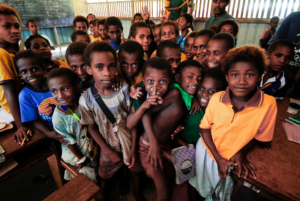 Children in Papua New Guinea (PNG) represent kinship, community and unity. Yet, many of them suffer neglect. Child poverty in Papua New Guinea has left 41% of the country’s children living in difficult conditions. There is an increasing level of concern for the lack of education and health care in the country.
Children in Papua New Guinea (PNG) represent kinship, community and unity. Yet, many of them suffer neglect. Child poverty in Papua New Guinea has left 41% of the country’s children living in difficult conditions. There is an increasing level of concern for the lack of education and health care in the country.
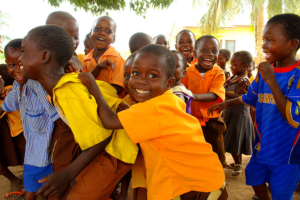 Lesotho, a country in Southern Africa, has
Lesotho, a country in Southern Africa, has 

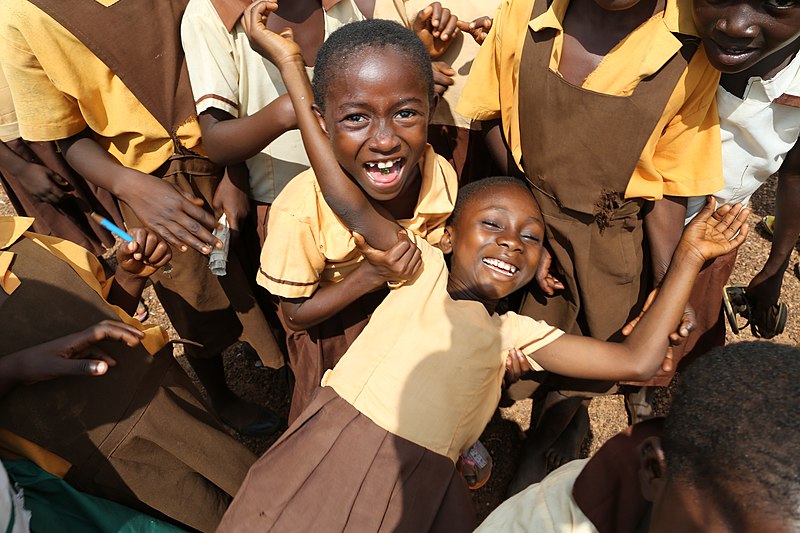

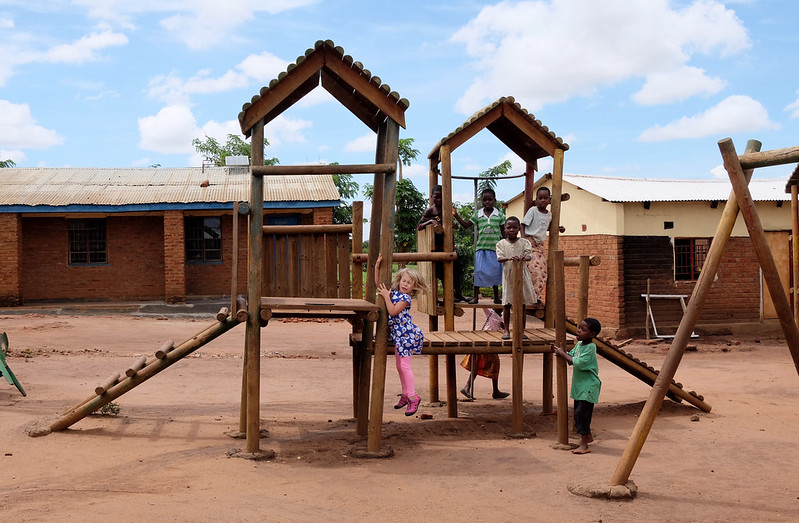 Equatorial Guinea is the third richest country in Africa with a
Equatorial Guinea is the third richest country in Africa with a 
